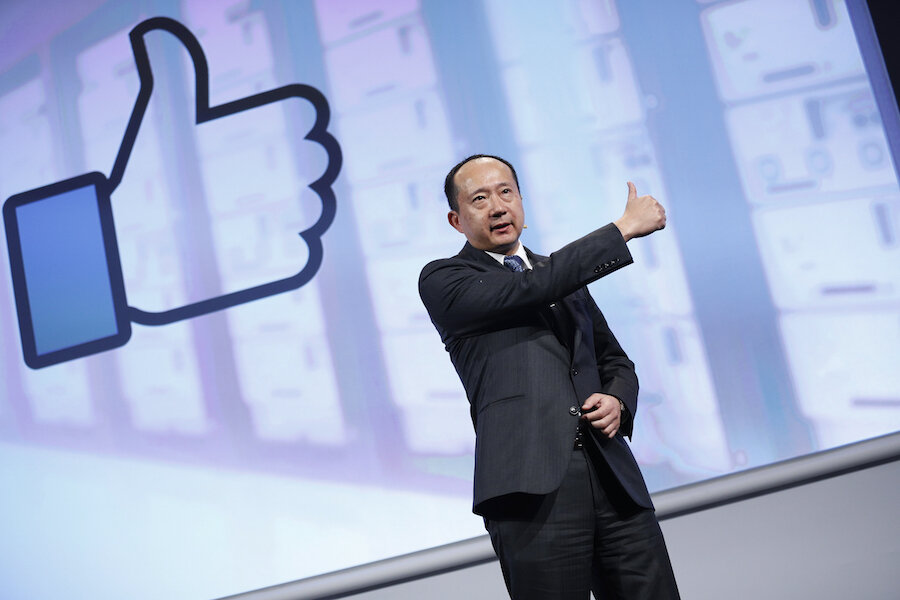Facebook Messenger is everywhere, but what is it for?
Loading...
When announced in 2011, Facebook’s decision to create a separate messaging app drew skepticism, but today users now total more than 800 million.
The Facebook Messenger app was the fastest growing app of 2015, according to a study by research firm Nielsen, which found that the app grew its user base 31 percent from 2014. Facebook Messenger user base still trails behind the 900 million users of WhatsApp, a messaging service that is also owned by Facebook.
Still, Messenger is approaching a state of near ubiquity, so the social media company is seeking to change and redefine it. Despite the name, plans allude to a future beyond Facebook messages.
"One of the things we have to work on this year is this perception or mindset that Messenger is only to speak with your Facebook friends," vice president of messaging products David Marcus told Reuters.
Last year, Facebook took steps to open Messenger up to more than just Facebook friends. In June 2015, Facebook allowed users without Facebook accounts – registration was done with a name, phone number, and photo. Messenger users can also reach out to others, even if they aren’t Facebook friends.
For 2016, Facebook plans on continuing this trend, according to a statement by Mr. Marcus. Attracting more users and retaining them with more options for communication, including video chat, emojis, and GIFs, Facebook aims to make SMS and texting extinct.
Think about it: SMS and texting came to the fore in the time of flip phones. Now, many of us can do so much more on our phones; we went from just making phone calls and sending basic text-only messages to having computers in our pockets. And just like the flip phone is disappearing, old communication styles are disappearing too. With Messenger, we offer all the things that made texting so popular, but also so much more.
Facebook also redefined the concept of Messenger with the introduction of the Messenger app as a platform. The concept-shift opened up the Messenger app to outside development and further collaboration with companies. Currently, users can order transportation through the ride-sharing service Uber, make purchases, and talk with customer service from various businesses.
The social network company intends to increase business-user interactions by redesigning their threads. Threads will replace outside apps, as Messenger allows you to research, communicate, and purchase in the same place.
Marcus’s final promise in his statement: innovation. One example would be “M,” a digital assistant that would help users make reservations and purchases and perform other small tasks. Currently, “M” is still in testing and available only to 10,000 people in the San Francisco Bay Area, but will be made available to more users later, according to Reuters.
Overall, it appears Facebook plans on making its Messenger app disruptive. The price users will have to pay for the increase in services is still unknown. The current plan is to gain revenue through the use of advertisements later on, which contrasts with Facebook’s business model for WhatsApp, which is marketed for $1 download in some countries with an annual $1 fee.
It is also unclear how Facebook Messenger will stand up to increased competition. WhatsApp has shown no signs to delve into enhancing business-consumer interactions. But Google is rumored to be developing a messaging app that could overlap with Messenger in some features.






